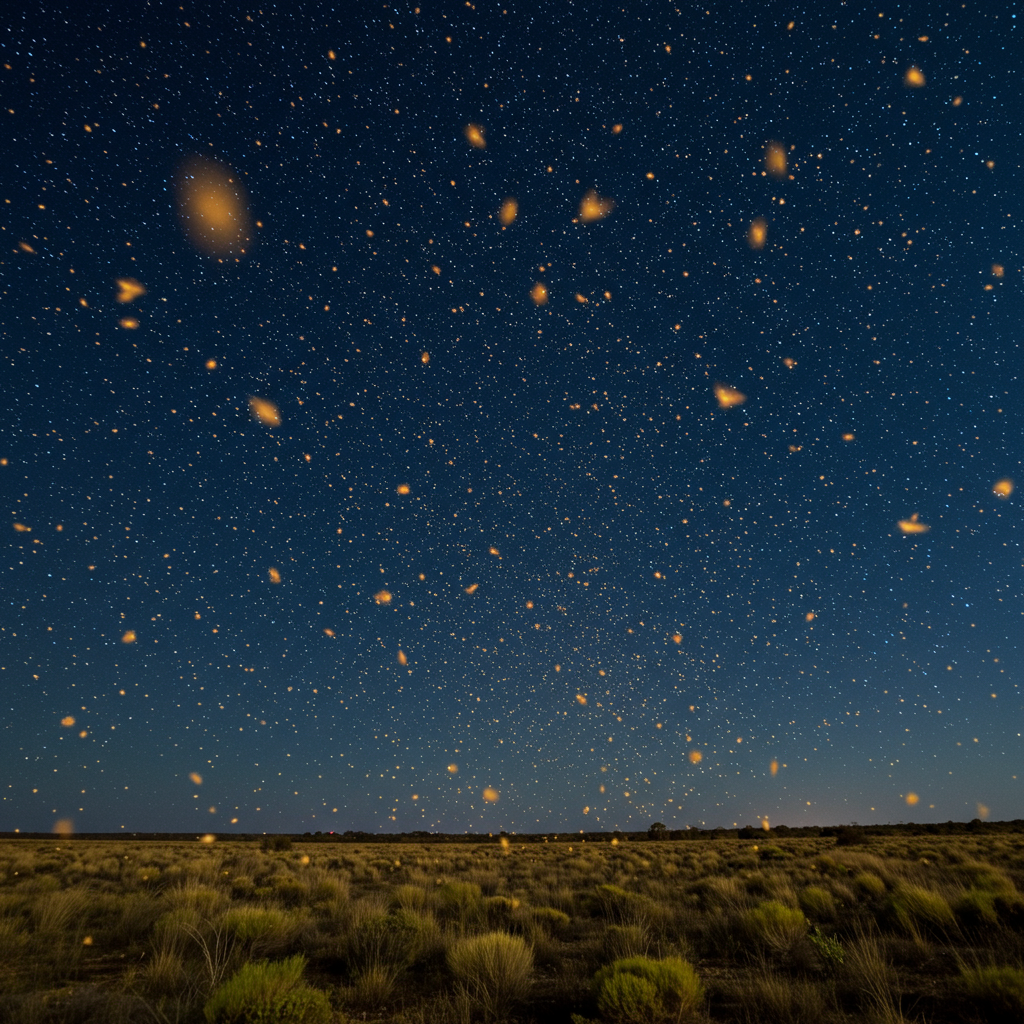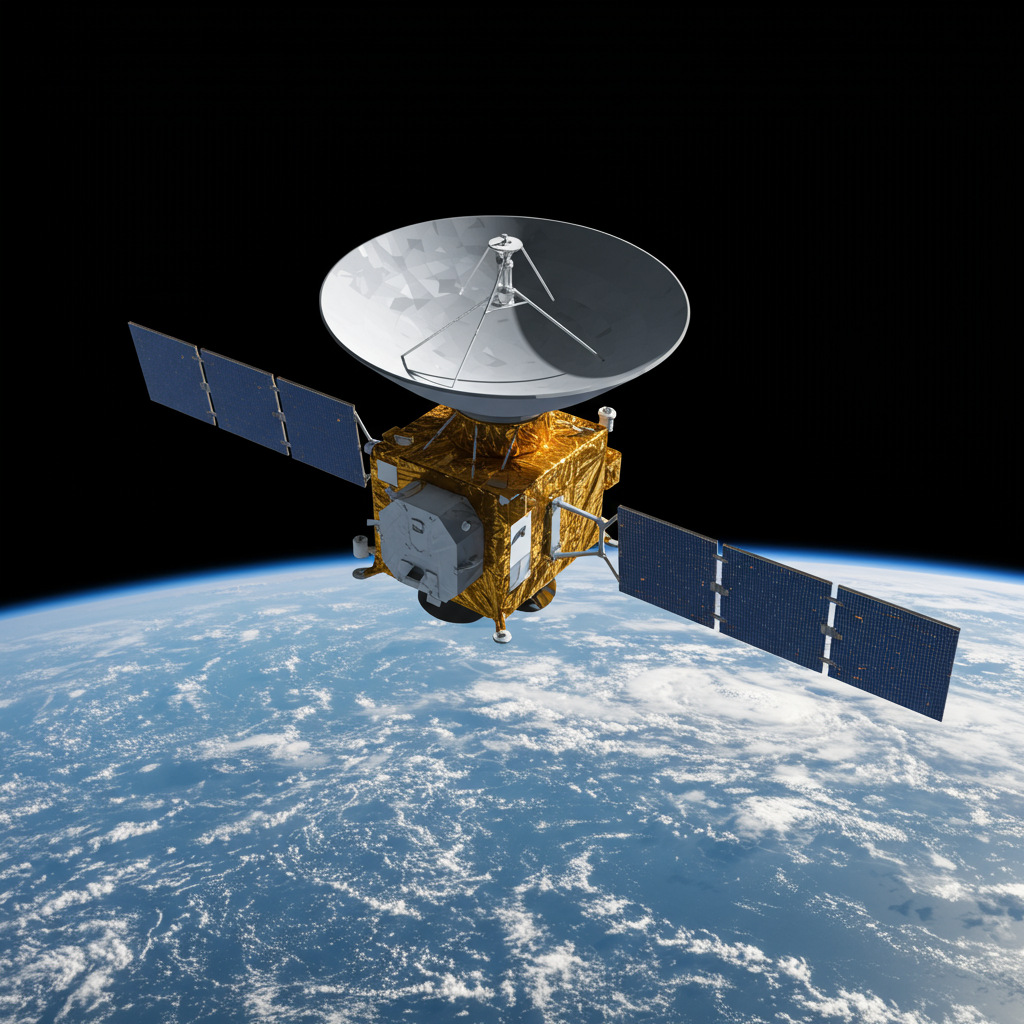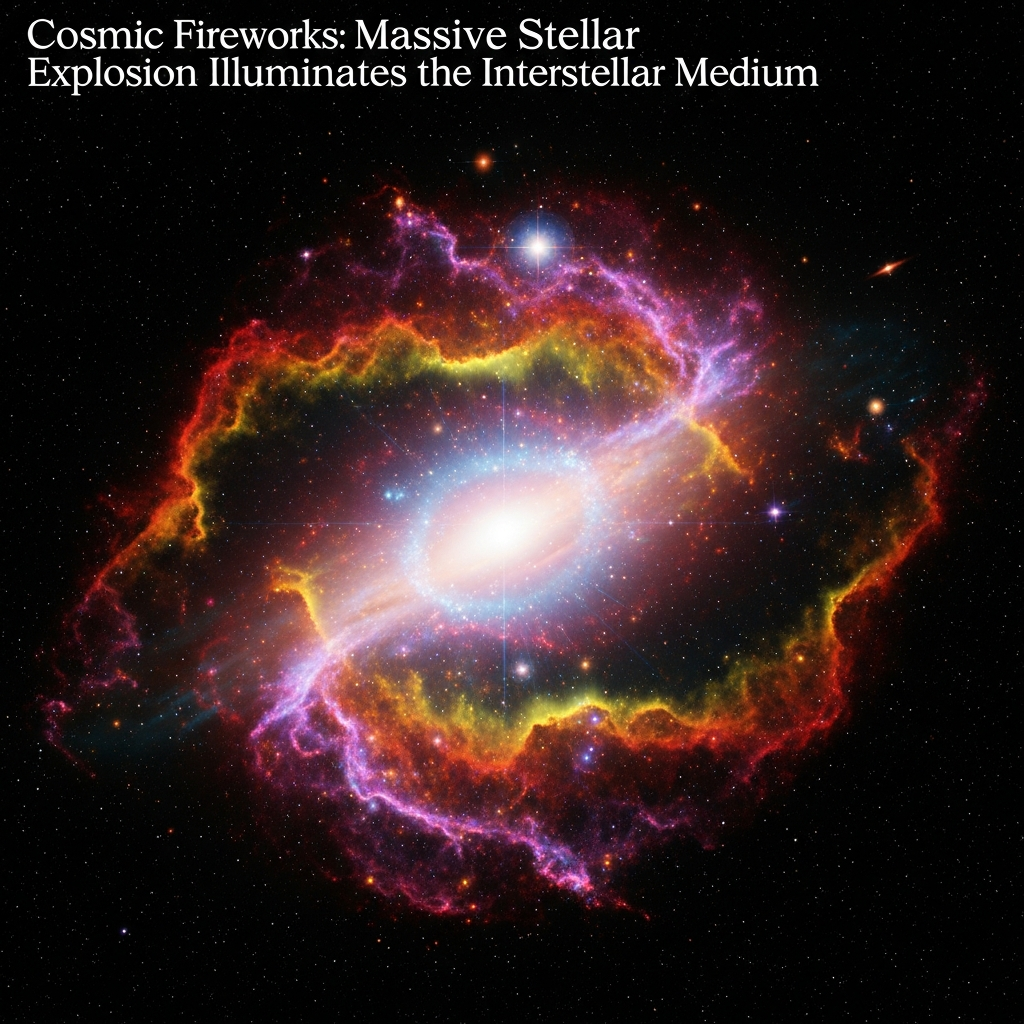Each year, billions of tiny Bogong moths embark on one of nature’s most astounding migrations. Traveling hundreds of miles across southeastern Australia, these unassuming insects perform a feat of navigation previously thought to be limited to birds and humans: they use the stars to find their way.
A groundbreaking study published in the journal Nature revealed this remarkable ability, marking the first time an invertebrate has been documented using stellar navigation for such vast distances. This discovery adds another layer to the already complex understanding of how animals navigate and highlights the incredible capabilities packed into even the smallest creatures.
The Epic Journey of the Bogong Moth
Native to Australia, the Bogong moth (Agrotis infusa) is a small, nocturnal insect with an adult wingspan of only about 2 inches (5 centimeters). Despite their nondescript appearance, their annual migration is anything but ordinary.
In the spring, as temperatures rise in the lowlands, Bogong moths fly up to 620 miles (1,000 kilometers) to find refuge in cool mountain caves in the Australian Alps. Here, they huddle together in a dormant state, escaping the heat before flying all the way back in the fall to mate and complete their life cycle. What makes this journey even more extraordinary is that each generation makes the trip only once, meaning the ability to navigate must be innate – they have no elders to guide them.
Unlocking the Moth’s Star Compass
Scientists had previously discovered that Bogong moths can sense Earth’s magnetic field, using it as one navigational tool. However, they suspected the moths might also rely on visual cues, particularly given their nocturnal habits.
To test this, researchers captured moths and brought them into a specialized lab environment. Using a “flight simulator” setup, individual moths were tethered within a barrel-like arena, allowing them to fly in place while their directional movements were precisely tracked. Crucially, the researchers could project an image of the southern night sky onto the roof of the arena, replicating the moths’ natural environment.
To isolate the role of stars, a device called a Helmholtz coil was used to create a “magnetic vacuum,” negating the Earth’s magnetic field. This forced the moths to rely solely on visual cues. In these conditions, moth after moth flew consistently in their expected migratory direction – southwards in spring, as if heading towards the Alps. When researchers manipulated the projected sky or replaced it with a disorganized pattern, the moths became disoriented, providing strong evidence that they were actively using the celestial patterns for direction.
Stars, Magnetism, and Maybe Smell
The study indicates that the starry night sky acts as a celestial compass for the moths, allowing them to maintain a consistent heading over long distances. Researchers hypothesize that despite their small eyes, which have tiny pupils, Bogong moths possess exceptional night vision, potentially seeing the Milky Way more vividly than humans. They may use the diffuse light of the Milky Way, along with a handful of the brightest stars, as directional guides.
This stellar navigation ability appears to work in concert with their previously known magnetic sense. By utilizing two different compass systems, the moths have a crucial backup mechanism should one fail – for example, if the night sky is cloudy or a magnetic anomaly occurs.
And the navigation might not stop there. As the moths near their specific cave destinations, scientists speculate they might switch to using their sense of smell, detecting an “olfactory beacon” unique to the cave entrances to pinpoint their final resting spots.
Neural studies provided further support for the findings. By observing electrical impulses in the moths’ brains, researchers found that specific neurons showed significant activity spikes when presented with particular angles and patterns of the projected night sky, confirming that the moths were processing this visual, navigational information.
Why This Discovery Matters
Finding that a tiny moth uses stellar navigation is a remarkable scientific achievement. It expands our understanding of animal behavior and the diverse ways life has evolved to navigate complex environments. Compared to other animals known for star navigation – birds, humans using ancient techniques, and some dung beetles (which use the Milky Way for much shorter straight-line travel) – the Bogong moth stands out for its long-distance journey and its status as an insect.
This research also has important conservation implications. Sadly, Bogong moth numbers have plummeted in recent years, leading to the species being listed as endangered on the IUCN Red List in 2021. Factors like drought and bushfires have impacted populations, but understanding their reliance on visual navigation, including star patterns, suggests that light pollution could also be a significant threat, disrupting their innate compass and making their already challenging migration even harder. Protecting these incredible navigators requires understanding every tool they use to find their way.




